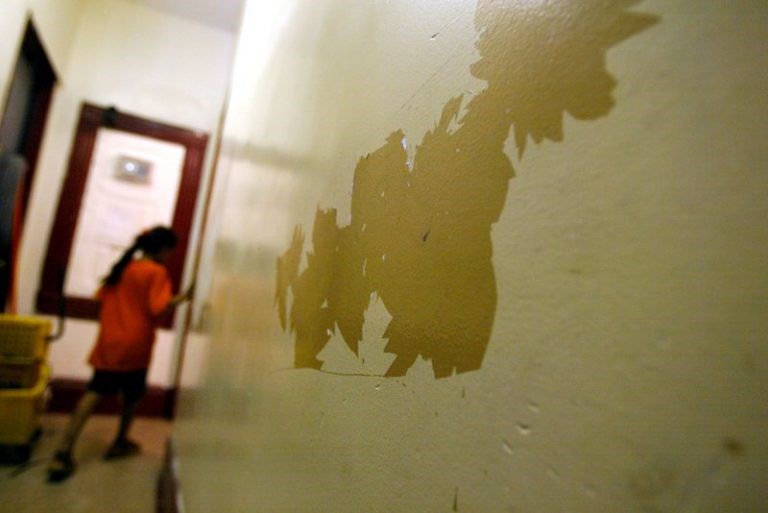Since 2005, NYC has seen an 89 percent reduction in the number of children under age 6.

According to the New York City Health Department, the number of young children testing positive for lead is on a steady decline. The department recently revealed preliminary data which shows for the year 2016- 2017 a 13 percent decrease in the number of children under 6 years old with blood lead levels at or above the Centers for Disease Control (CDC) reference level.
The CDC's designated reference level is 5 micrograms per deciliter of lead in blood, which are blood lead levels that are much higher than in most children; 10 micrograms per deciliter are concerning levels according to the center.
Children can be exposed to lead from different sources such as paint, gasoline, solder and consumer products, and through different pathways, such as air, food, water, dust, and soil. Although there are several exposure sources, lead-based paint is the most widespread and dangerous high-dose source of lead exposure for young children. Parents who are concerned that their child may have been exposed to lead should contact their child's health care provider to test the child's blood to see if it has high levels of lead and to determine treatment if needed. Symptoms, which are hard to identify, include developmental delay, learning difficulties, irritability, loss of appetite and weight loss, sluggishness and fatigue -- a blood test is the only way to determine potential lead poisoning.
Since 2005, NYC has seen an 89 percent reduction in the number of children under age 6 with blood lead levels at or above the reference level, a result of the city's Lead Poisoning Prevention Law, which requires landlords to identify and fix lead paint hazards in the apartments of young children.
"The city has been at the vanguard of addressing child lead poisoning concerns, which began when the Board of Health banned lead in paint in 1960 — 18 years before the federal ban," said Health Commissioner Dr. Mary T. Bassett. "New York City continues to make tremendous progress in reducing childhood lead poisoning in children with blood lead levels at or above 5 mcg/dL for children under age 6. As we move forward, we will continue this significant progress."
Despite the good news, NYC councilmembers want to take it a step further to protect children from the dangers of lead paint and introduced a package of bills to combat lead.
Last week, Brooklyn Councilmember Mark Treyger proposed a bill that would require childcare centers and schools to remediate any lead-based paint found in such facilities, and co-sponsored another one that would require mandatory lead inspections to be conducted every five years for apartment turnovers by a person who is independent of the owner and has an Environmental Protection Agency (EPA) certification. Councilmember Margaret S. Chin introduced new legislation that would require landlords to permanently remove or "encapsulate" any lead paint.



